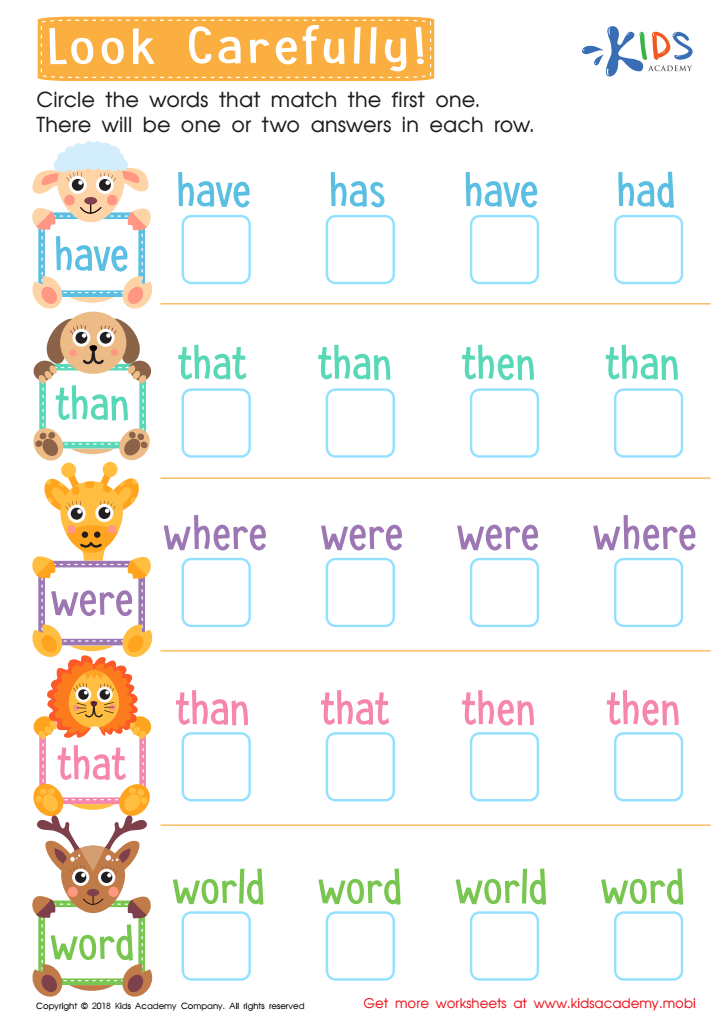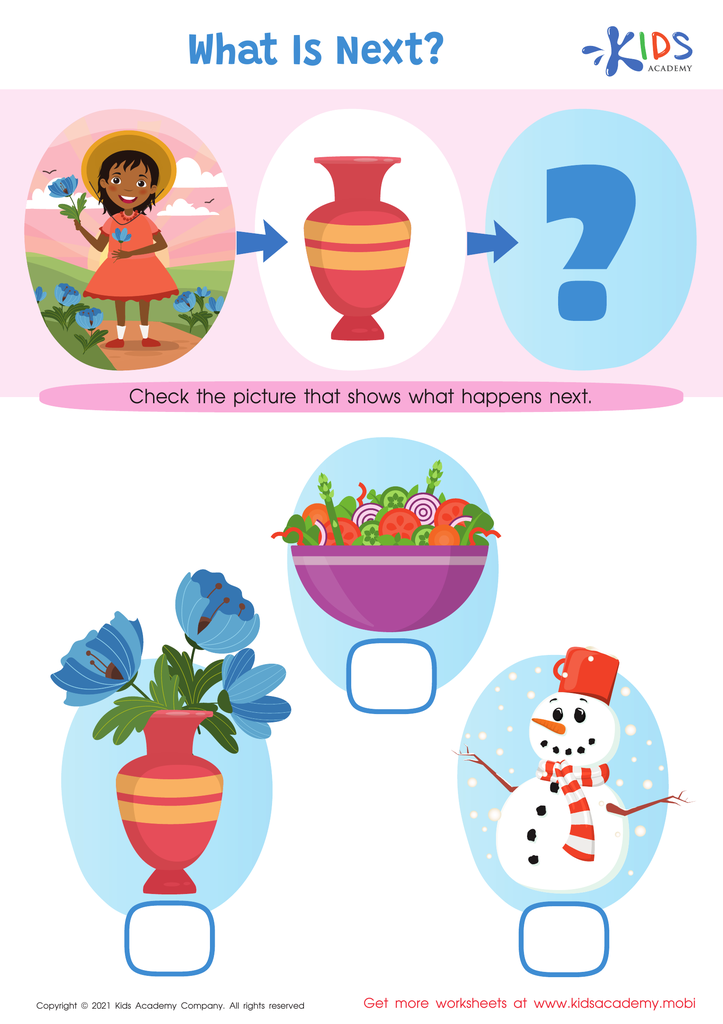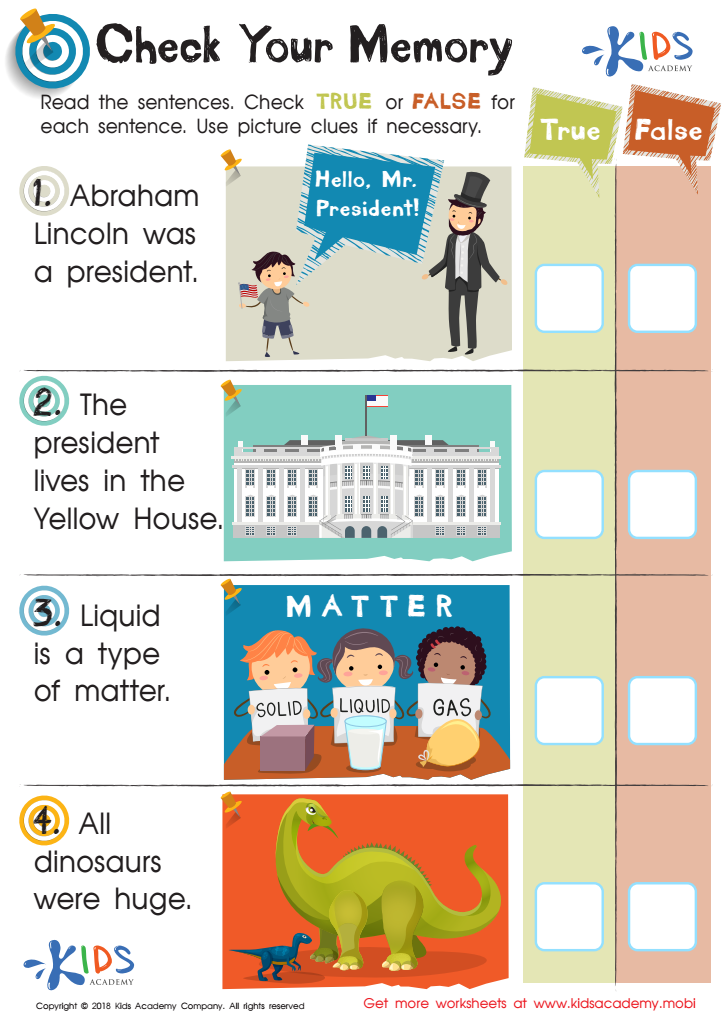Pattern recognition Reading Worksheets for Ages 4-7
4 filtered results
-
From - To
Our Pattern Recognition Reading Worksheets for kids aged 4-7 are designed to foster early reading skills through engaging activities. By identifying and understanding patterns, children enhance their ability to predict text structures and improve their reading fluency. These worksheets feature captivating images, fun exercises, and age-appropriate challenges, making learning enjoyable. Perfect for both classroom and home use, our resources support foundational literacy skills essential for young readers. Empower your child's educational journey with our expertly crafted worksheets that blend fun and learning. Discover the benefits of pattern recognition in reading today!


Which Doesn't Belong? Worksheet


Look Carefully Worksheet


What is Next? Worksheet


Check Memory Worksheet
Pattern recognition reading for children aged 4-7 is important for several compelling reasons. At this stage, young minds are exceptionally malleable, and their cognitive skills are rapidly developing. By recognizing patterns, children learn to identify predictable sequences and structures in texts, such as phonetic patterns, shapes, and even social stories.
Firstly, pattern recognition lays the groundwork for early literacy. When kids recognize and learn letter patterns, they become adept at phonemic awareness, enabling them to decode new words easily. For example, recognizing that "cat," "bat," and "hat" share common patterns helps children predict and understand new words.
Secondly, this skill enhances problem-solving abilities. Identifying patterns trains the brain to anticipate and make educated guesses, aiding both reading comprehension and logical thinking. It nurtures a sense of order and predictability, fostering children’s confidence in new learning tasks.
Additionally, pattern recognition taps into visual learning. Young children often engage more deeply through visual stimuli, making learning to read more enjoyable and less intimidating. This can enhance attention span and focus.
By caring about and fostering pattern recognition in early readers, parents and teachers are not just teaching children to read; they are equipping them with critical foundational skills that support lifelong learning and intellectual growth.
 Assign to My Students
Assign to My Students




















